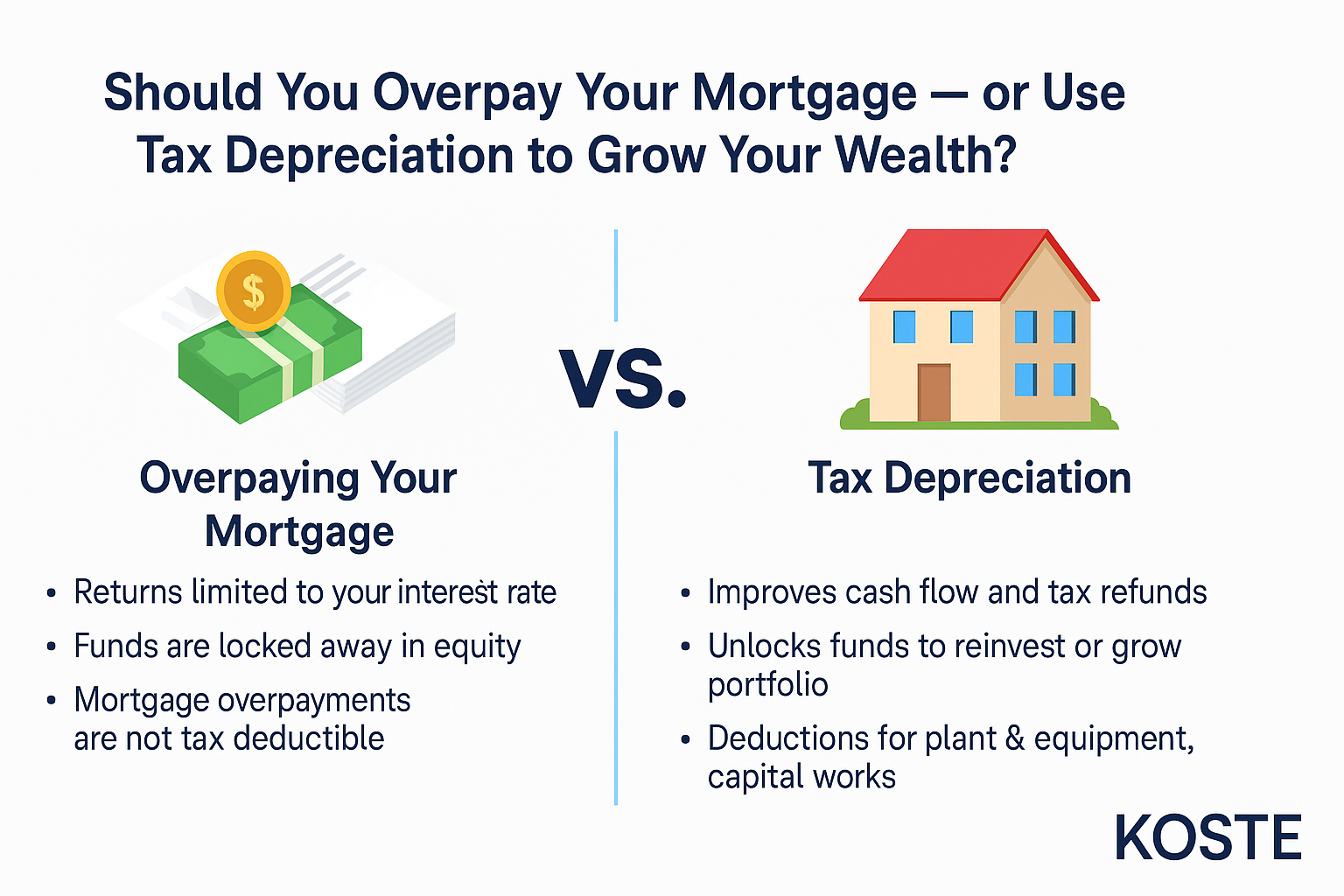
What is the difference between Accounting Depreciation and Tax Depreciation?
Accounting depreciation and tax depreciation are two different methods of calculating the decline in value of an asset over time. While they may seem similar, there are some key differences between the two.
Accounting depreciation is the method used to allocate the cost of an asset over its useful life in a systematic and rational manner. It is used to determine the value of an asset for financial reporting purposes, such as on a company’s balance sheet. Accounting depreciation is based on the asset’s expected useful life, salvage value, and other factors.
Tax depreciation, on the other hand, is the method used to determine the amount of depreciation that can be claimed for tax purposes. Tax depreciation is used to reduce the amount of taxable income that a company or individual reports to the government each year. The rules for calculating tax depreciation can vary depending on the type of asset and the jurisdiction in which it is used.
Overall, the main difference between accounting depreciation and tax depreciation is the purpose for which they are used. Accounting depreciation is used for financial reporting purposes, while tax depreciation is used to reduce the amount of taxes that a company or individual has to pay.
Accounting Depreciation: How Is This Calculated?
There are several methods that can be used to calculate accounting depreciation, including the straight-line method, the declining balance method, and the sum-of-the-years’-digits method. The choice of method will depend on the nature of the asset and the company’s accounting policies.
In general, accounting depreciation is based on the historical cost of the asset. The historical cost is the original cost of the asset when it was acquired, including any indirect costs associated with acquiring and bringing the asset into use. This means that the depreciation is calculated based on the original cost of the asset rather than its current market value.
However, it is possible to use the fair value method of depreciation, in which the asset’s value is revalued periodically based on its current market value. This method of depreciation is less common and is generally only used in certain circumstances, such as when the asset’s value has significantly changed since it was acquired.
Overall, accounting depreciation is typically based on the historical cost of the asset rather than its fair value. This is because historical cost is considered to be more reliable and objective than fair value, which can be subjective and prone to fluctuations.
Why would businesses use the fair value method?
The fair value method of depreciation is a method of calculating the decline in value of an asset over time based on the asset’s current market value rather than its historical cost. This method is less common than the other methods of depreciation, such as the straight-line method and the declining balance method, which are based on the historical cost of the asset.
There are a few reasons why a company might choose to use the fair value method of depreciation:
- The asset’s value has significantly changed since it was acquired. If the value of an asset has significantly increased or decreased since it was acquired, the fair value method of depreciation may provide a more accurate representation of the asset’s decline in value over time.
- The asset is expected to generate significant economic benefits: If an asset is expected to generate significant economic benefits for the company in the future, the fair value method of depreciation may be more appropriate because it takes into account the asset’s current market value.
- The asset is being held for sale: If an asset is being held for sale rather than for use in the company’s operations, the fair value method of depreciation may be more appropriate because it reflects the asset’s current market value.
Here is an example of how the fair value method of depreciation might be used:
A company acquires a piece of machinery for $100,000. The machinery is expected to have a useful life of 10 years and a salvage value of $10,000. Using the straight-line method of depreciation, the company would calculate the annual depreciation as follows:
(100,000 – 10,000) / 10 years = $9,000 per year.
However, after five years, the value of the machinery has increased significantly due to technological advancements. The company determines that the current market value of the machinery is $150,000. Using the fair value method of depreciation, the company would calculate the annual depreciation as follows:
(150,000 – 10,000) / 10 years = $14,000 per year.
In this example, the fair value method of depreciation results in a higher annual depreciation expense compared to the straight-line method. This is because the fair value method takes into account the increase in the value of the machinery due to technological advancements.
What is tax depreciation?
Tax depreciation is the method used to determine the amount of depreciation that can be claimed for tax purposes. Depreciation is the decline in value of an asset over time due to wear and tear, obsolescence, and other factors. By claiming depreciation on an asset, a company or individual can reduce the amount of taxable income they have to report to the government each year, which can lower their tax bill.
The rules for calculating tax depreciation can vary depending on the type of asset and the jurisdiction in which it is used. In general, tax depreciation is based on the useful life of the asset and its expected salvage value. Some assets, such as buildings and structural components, may have a longer useful life and a lower rate of depreciation, while other assets, such as machinery and equipment, may have a shorter useful life and a higher rate of depreciation.
Tax depreciation is typically calculated using one of the following methods: the straight-line method, the declining balance method, or the sum-of-the-years’-digits method. The choice of method will depend on the nature of the asset and the company’s accounting policies.
Overall, tax depreciation is an important consideration for companies and individuals because it can help reduce the amount of tax they have to pay.
Koste Chartered Quantity Surveyors is a professional firm that provides a range of services related to construction and property, including assisting businesses with accounting and tax depreciation. Our tax team understands the complexities of tax and will assist with determining the useful life and salvage value of assets, recommending an appropriate depreciation method, and preparing depreciation schedules.
Maximise property tax depreciation
Get a Free Quote today
Koste are the leading providers of commercial Tax Depreciation reports. Whether you are a tenant completing a fit-out or landlord recently purchasing a property we can help.

